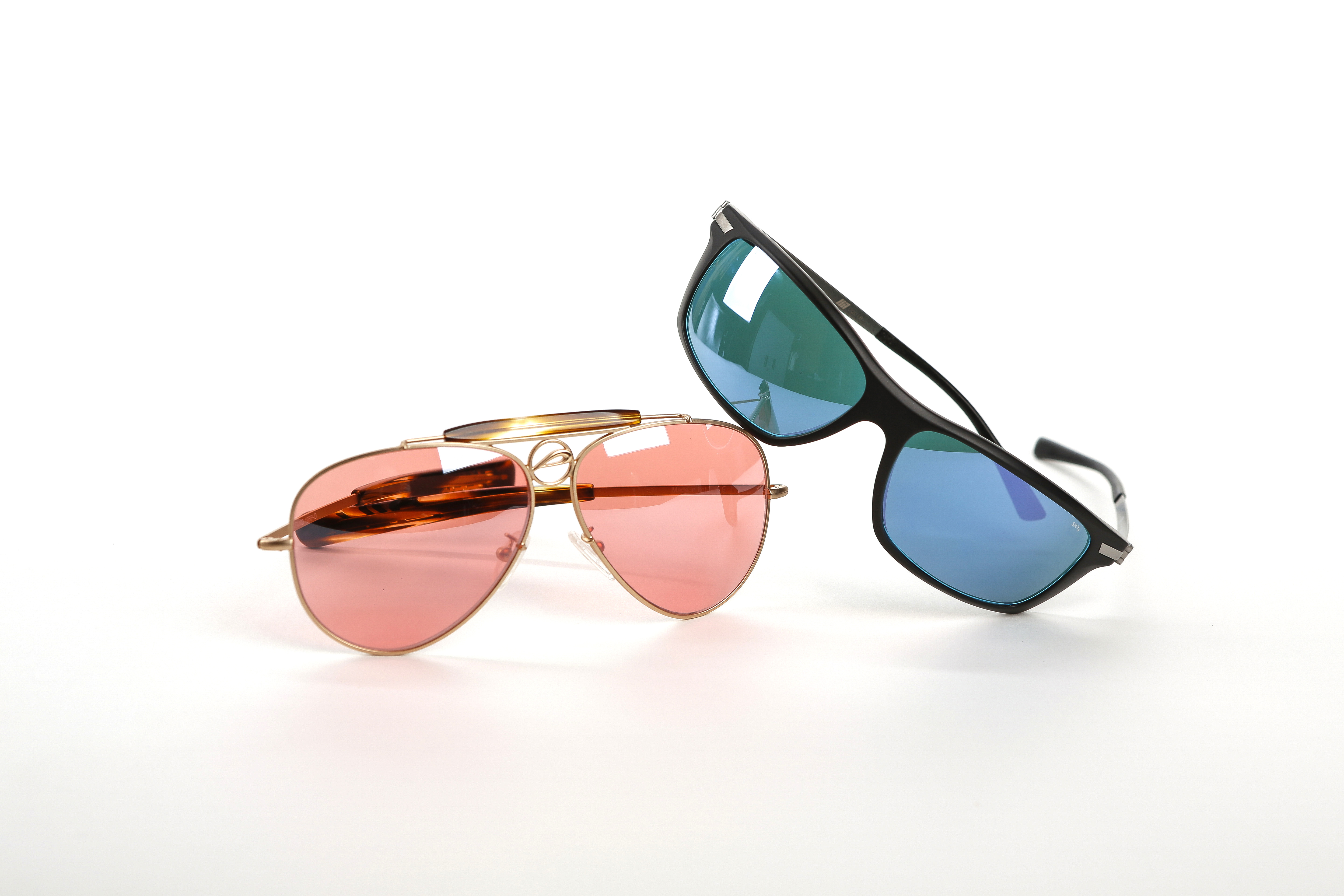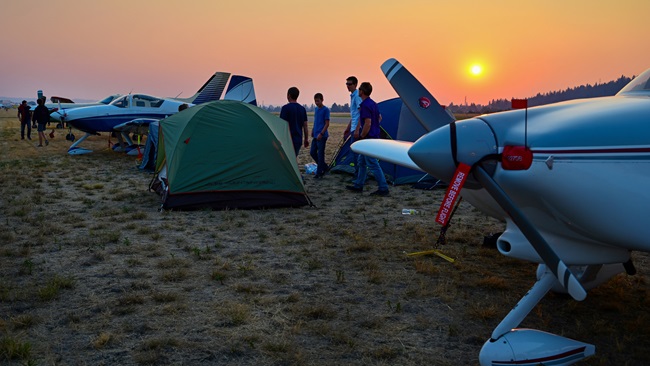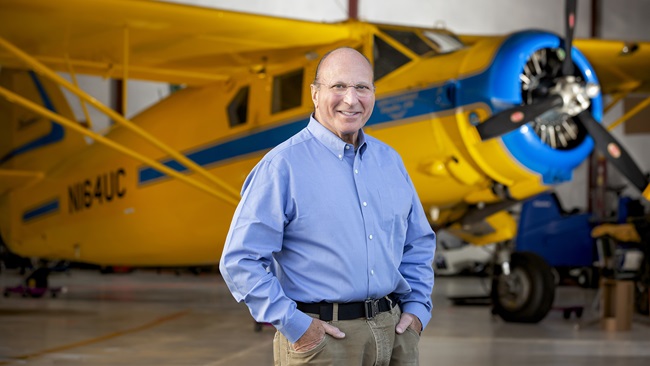Don't forget sunglasses
Report finds some aircraft expose pilots to greater levels of harmful light
Pilots who fly aircraft with a high service ceiling risk a greater exposure to harmful ultraviolet rays—and the airplane’s windscreen may not be providing enough protection.

Most cockpit windows do a good to reasonable job of filtering out UVA light, or the region of ultraviolet light that can damage skin over time, as well as impair the iris and lens of the eye, according to a report by M7 Labs. M7 Labs is a technical division of Method Seven, a company that designs, produces, and sells sunglasses.
“UVA is a pronounced problem for pilots because the intensity of UVA radiation increases approximately 15 percent for every 3,000 feet of altitude above sea level,” the report said. A pilot flying at 33,000 feet is flying in a UVA environment that is 4.7 times as intense as that experienced at sea level, the report said.
M7 Labs analyzed the windscreens of 73 different aircraft by using a spectrometer to evaluate how lenses filter light across the ultraviolet, visible, and beginning near infrared portion of the light spectrum. The spectrometer recorded the ambient light spectrum—a method less precise than the results produced in the CAMI report, but sufficiently accurate to demonstrate whether a problem exists and to identify the approximate magnitude of the problem, M7 Labs said in the report.
Flying at the service ceiling of 51,000 feet, a pilot in a Cessna Citation X would be exposed to more than 10 times UVA light as if he or she were sitting on a beach at sea level without any sort of skin or eye protection, the report found. A Citation X at a service ceiling of 18,000 feet would expose the pilot to 50 percent more UVA light than at sea level.
The report found that windscreens in most other turbine aircraft, including the Daher TBM 700, the Cessna Citation M2, and the Airbus A321, filtered out UVA light at service ceiling altitudes. Similarly, the piston aircraft analyzed in the study, including the Cessna 172N, the Diamond DA20-C1, the Piper PA-22-150, the Beechcraft B35, and the Cirrus SR-2T, filtered UVA light adequately.
“Most of the aircraft did a really good job,” said Barry Shiller, chief technical officer of Method Seven.
Pilots should use sunblock and wear sunglasses when flying in any aircraft. UVA light doesn’t cause immediate damage to the eye, but it can pass through the cornea and penetrate the lens and retina inside the eye, according to the website AllAboutVision. Extended exposure to UVA light has been linked to the formation of cataracts and macular degeneration, among other conditions.



